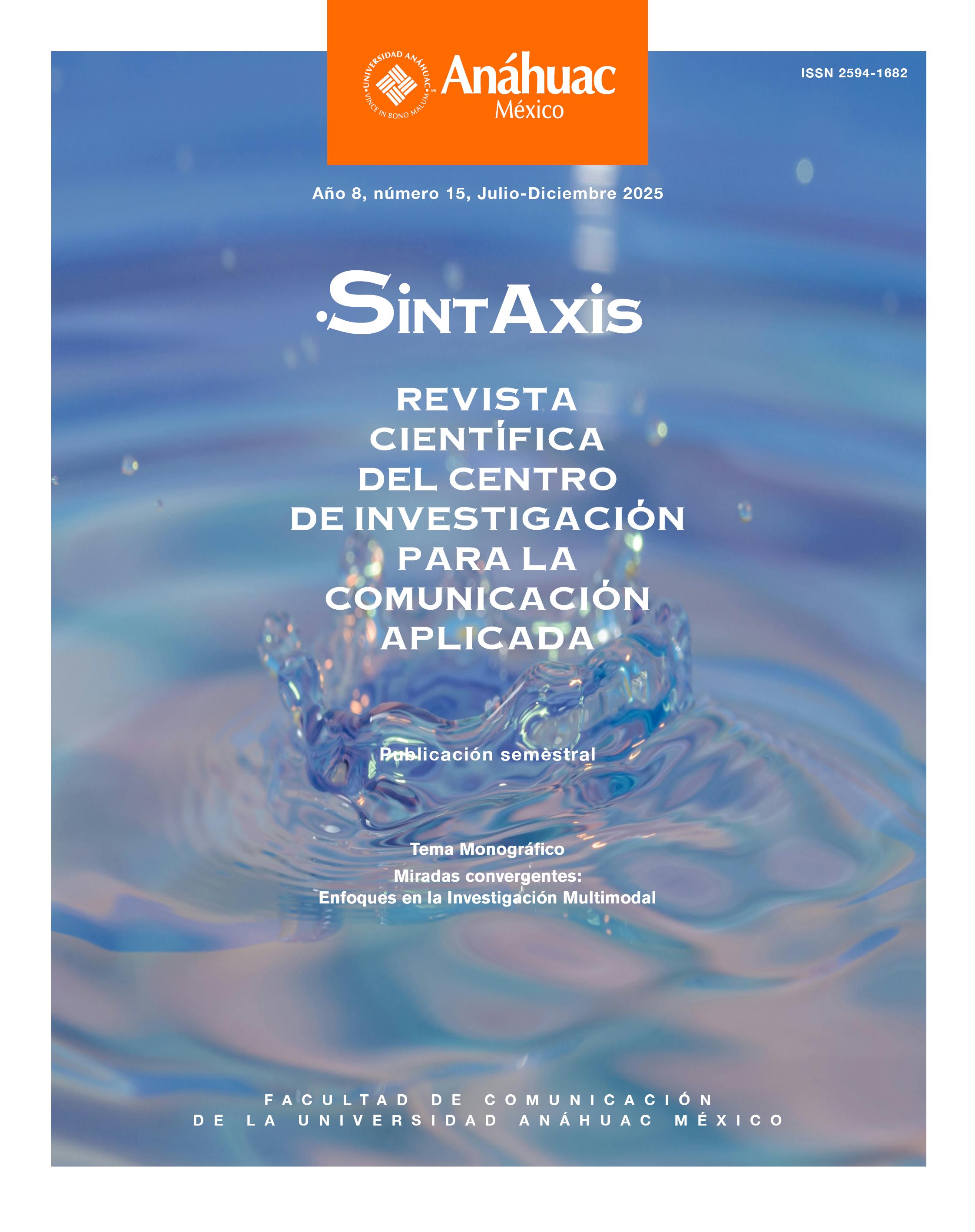The Importance of Visual Methods in Qualitative Research
Main Article Content
Abstract
This paper demonstrates how visual methods were integrated into the qualitative phase of a mixed-methods research design. It highlights how incorporating these methods enriched data collection and analysis by capturing dimensions that quantitative approaches would overlook. Drawing on theoretical contributions from Decuypere (2020), Pink (2007), Olmo-Extremera et al. (2024), and others —alongside empirical findings from Medrano et al. (2024) doctoral research—we confirmed that visual methods (e.g., photography, video, and sensory ethnography) enhance the reliability and depth of qualitative results. Key findings revealed that visual techniques uncovered power dynamics and social norms imperceptible through quantitative methods. The use of 360-degree imaging provided detailed insights not only into physical environments but also into the role of non-verbal communication in in depth interviews. Finally, we discuss the benefits, challenges, and broader implications of these visual methods for contemporary social research.
Downloads
Article Details
Section

This work is licensed under a Creative Commons Attribution-NonCommercial-NoDerivatives 4.0 International License.
The author keeps the property rights with no restriction whatsoever and guarantees the magazine the right to be the first publication of the work. The author is free to deposit the published version in any other medium, such as an institutional archive or on his own website.
How to Cite
References
Aiello, G. (2020). “Visual semiotics: Key concepts and new directions”. En P. Luc & M. Dawn (Eds.), The SAGE Handbook of Visual Research Methods, 367–380.
Decuypere, M. (2020). “Visual Network Analysis: a qualitative method for researching sociomaterial practice”. Qualitative Research, 20(1), 73–90. https://doi.org/10.1177/1468794118816613
Delestage, C.-A., & Yvart, W. (2024). “Lived experience and virtual reality: visual method of analysis based on video recordings and the Valence-Arousal diagram”. Sintaxis, 12, 68–85. https://doi.org/10.36105/stx.2024n12.07
Hémont, F., & Patrascu, M. (2016). «Panorama de méthodologies audiovisuelles en SHS». Revue française des sciences de l’information et de la communication, 9. https://doi.org/10.4000/rfsic.2178
Knoblauch, H., Baer, A., Laurier, E., Petschke, S., & Schnettler, B. (2008). “Visual Analysis. New Developments in the Interpretative Analysis of Video and Photography”. Forum Qualitative Sozialforschung / Forum: Qualitative Social Research, 9(3).
Macdougall, D. (2004). L’anthropologie visuelle et les chemins du savoir1. Journal des anthropologues, 98–99, 279–233. https://doi.org/10.4000/jda.1751
Marín, A., & Contreras, F. (2020). “The new research techniques in visualcommunication: a methodological proposal of videography”. Revista Lusófona de Estudos Culturais, 7(1), 127–147. https://doi.org/10.21814/rlec.2120
Medrano Obeso, I., Ramírez Beltrán, R., Ibanez Bueno, J., & Universidad Anáhuac México Norte institución que otorga el grado, U. A. M. N. F. de C. entidad participante. (2024). El síndrome de Burnout, el engagement y los niveles de comunicación productiva en el personal
académico de universidades públicas del noroeste de México y la región de France-Comté, Francia. Tesis Universidad Anáhuac México Norte. Facultad de Comunicación.
Nosnik Ostrowiak, A. (2013). Teoría de la Comunicación Productiva: Exploraciones más allá de la retroalimentación. (1a ed.). Homo Sapiens Ediciones.
Olmo-Extremera, M., Fernández-Terol, L., & Amber Montes, D. (2024).”Visual tools for supporting interviews in qualitative research: new approaches”. Qualitative Research Journal, 24(3), 283–298. https://doi.org/10.1108/QRJ-07-2023-0113
ONG, P. A. L. (2020). “Visual Research Methods: Qualifying and Quantifying the Visual”.
Beijing International Review of Education, 2(1), 35–53. https://doi.org/10.1163/25902539-00201004
Pink, S. (2007). “Doing Visual Ethnography: Images, Media and Representation in Research”. Sage.
Pink, S., Ibanez-Bueno, J., & Marín, A. (2021). “An interview with Sarah Pink. From visual methods to futures anthropologies». Revue française des méthodes visuelles, 5, 189–195.https://hal.science/hal-03752669v2
Pink, S., Sumartojo, S., Lupton, D., & Heyes LaBond, C. (2017). “Empathetic technologies: digital materiality and video ethnography”. Visual Studies, 32(4), 371–381. https://doi.org/10.1080/1472586X.2017.1396192

